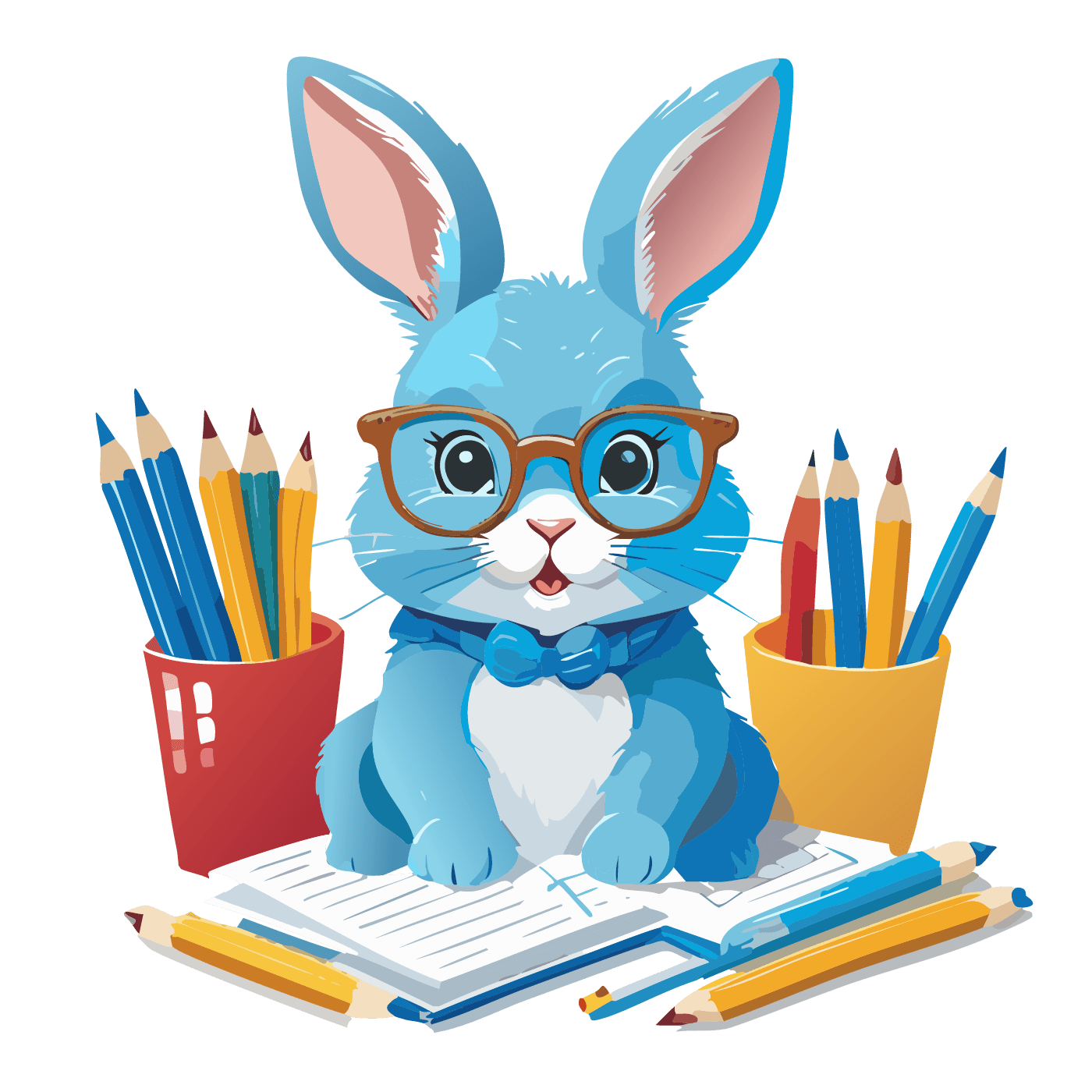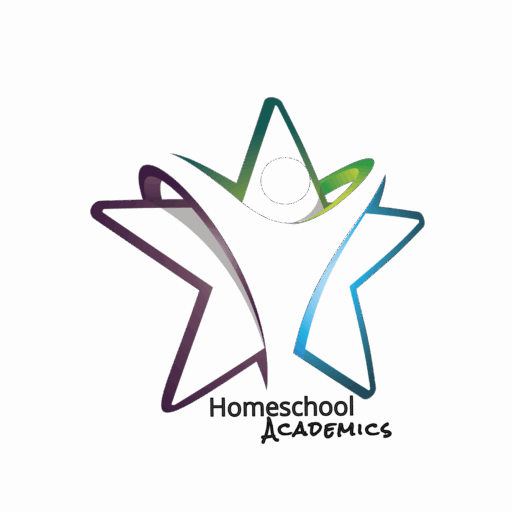Dysgraphia
Dysgraphia is a neurological condition that affects writing skills, making it hard to write clearly, spell correctly, and organize thoughts on paper.

October is Learning Disabilities Awareness Month
October is Learning Disabilities Awareness Month, which includes awareness of dysgraphia. Dysgraphia Awareness Day is observed on October 3rd each year.
What is Dysgraphia?
Dysgraphia is a neurological condition that primarily affects writing abilities. It is characterized by difficulties in writing, organizing, and expressing thoughts in written form. People with dysgraphia may have trouble with handwriting, spelling, and putting their thoughts on paper.
Educational Tips
Tasks and Assignments
- Provide different ways to record ideas: Students can type on a laptop, dictate answers to a scribe, or use speech recognition software.
- Allow students to choose their format: Students can use either print or cursive for handwritten responses.
- Provide extended time: Students may need more time to complete tests.
- Use a proofreader: A proofreader can help students find errors.
- Use assistive technology: Read&Write is an example of assistive technology that can help create an inclusive classroom.
- Use a slant board: A slant board can help students maintain proper body positioning while writing.
- Use visual media: Use visual media like overheads, captioned films, slides, and videotapes.
- Provide a written outline: It can help students prepare for class and know where to focus their listening.
- Tell students when something is important: Use a phrase, tone of voice, and consistent gesture.
- Encourage students to tape-record classes: Students can listen to the words multiple times and review the tape for main points.

Classroom Management for Students with Dysgraphia
Students with dysgraphia can have trouble with handwriting, typing, and spelling. This article answers the question, "What classroom accommodations can help?" Here are some...
Dianne Craft “Right Brain” Learning System
Dianne Craft “Right Brain” Learning System began as Child Diagnostics, a private consulting firm established by Dianne Craft in 1997 in Denver, Colorado. Known for her...
Dysgraphia Behavioral Management
Behavioral management for students with dysgraphia involves strategies that address their writing challenges and support their emotional and social needs. Here are some...
Dysgraphia Students and Education
Dysgraphia is a neurological condition that affects a person's ability to write coherently and legibly. It can impact various aspects of writing, including spelling,...
Homeschooling a Child with Dysgraphia
Homeschooling a child with dysgraphia can be a rewarding and effective educational approach, as it allows for personalized instruction and accommodations to meet your...
Successfully Homeschooling with Children with Special Needs
Homeschooling children with learning disabilities, such as ADHD, Sensory Processing Disorder (SPD), autism, or other learning differences, requires a tailored approach that...
Task and Assignment Tips for Students with Dysgraphia
Here are some tips to help students with dysgraphia manage tasks and assignments more effectively: Use Assistive Technology: Typing over Handwriting: Allow students to use a...
Testing for Dysgraphia
Many people ask about dysgraphia screening or testing and how specific learning disability of written expression is diagnosed. Testing for dysgraphia is typically done as...
Treatment and Management of Dysgraphia
Managing and treating dysgraphia involves a combination of interventions that target the specific difficulties associated with the condition. Here's a comprehensive guide:...
What is a 504 Plan?
A 504 Plan is a formal plan developed in the U.S. to provide accommodations and modifications for students with disabilities in public schools and ensure equal access to...
What is an IEP?
An Individualized Education Program (IEP) is a written plan developed for public school students eligible for special education services in the U.S. under the Individuals...
What is Assistive Technology?
Assistive technology (AT) refers to devices, software, or equipment designed to help individuals with disabilities perform tasks that might otherwise be difficult or...

